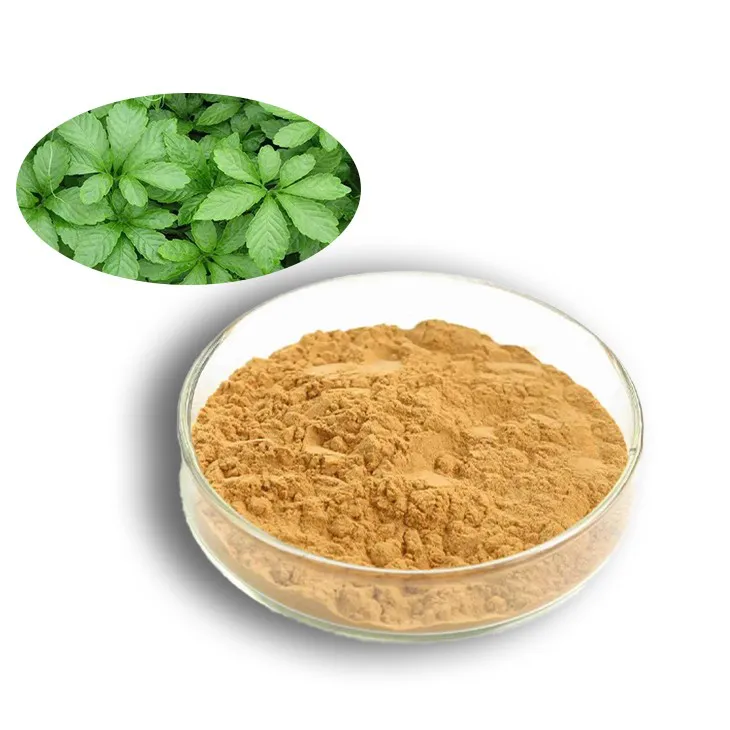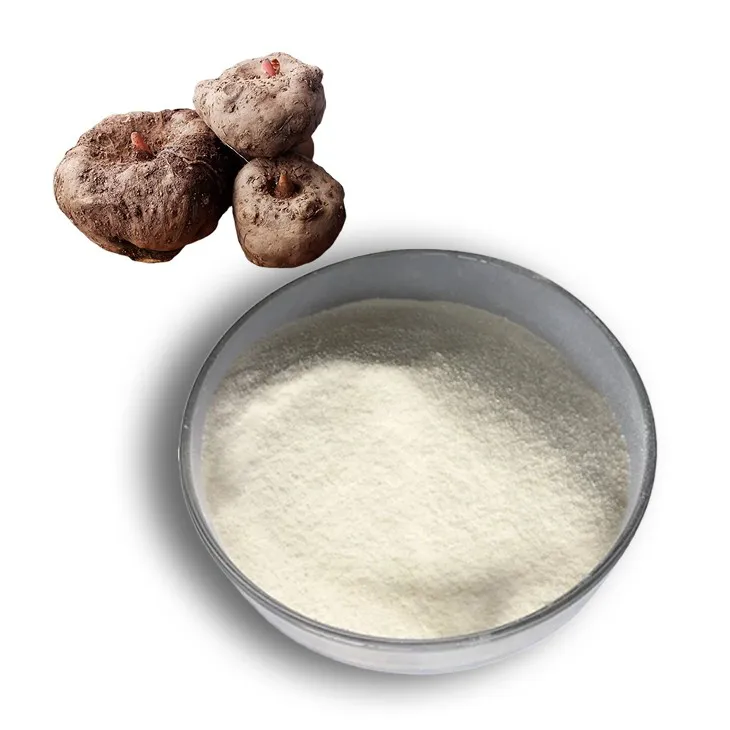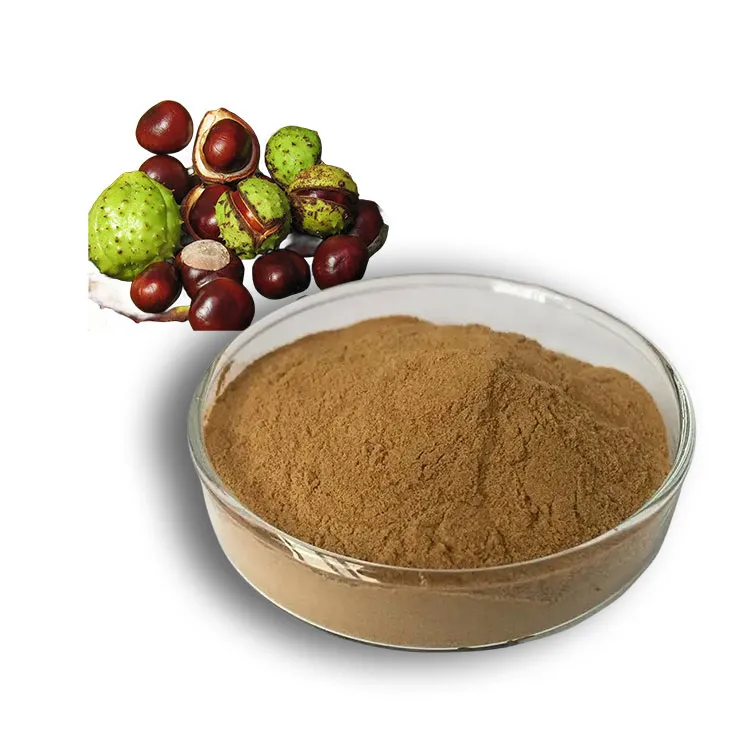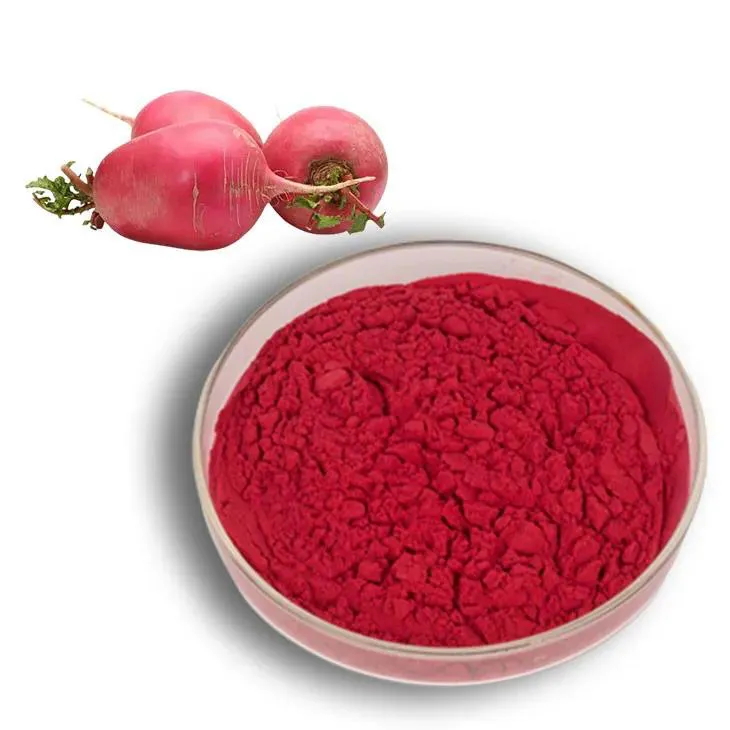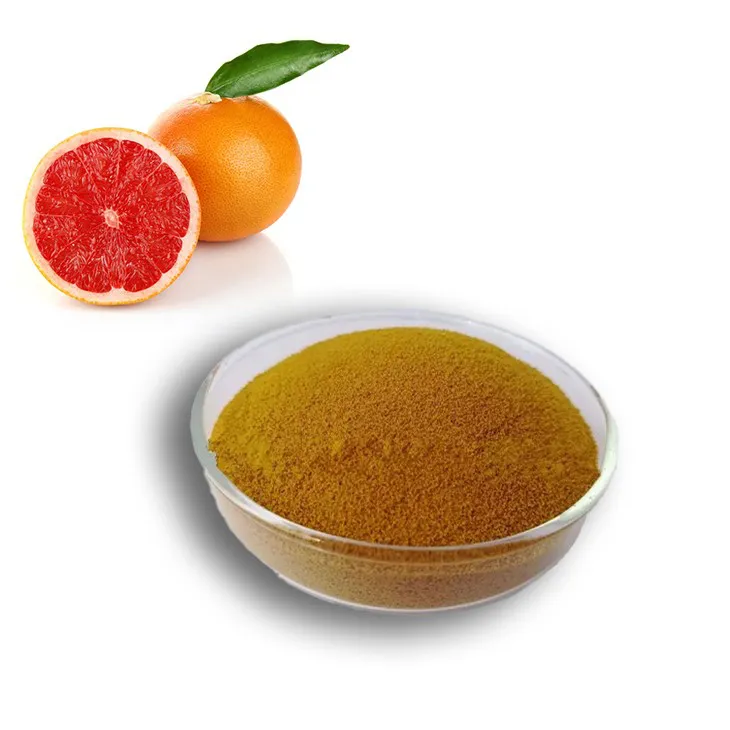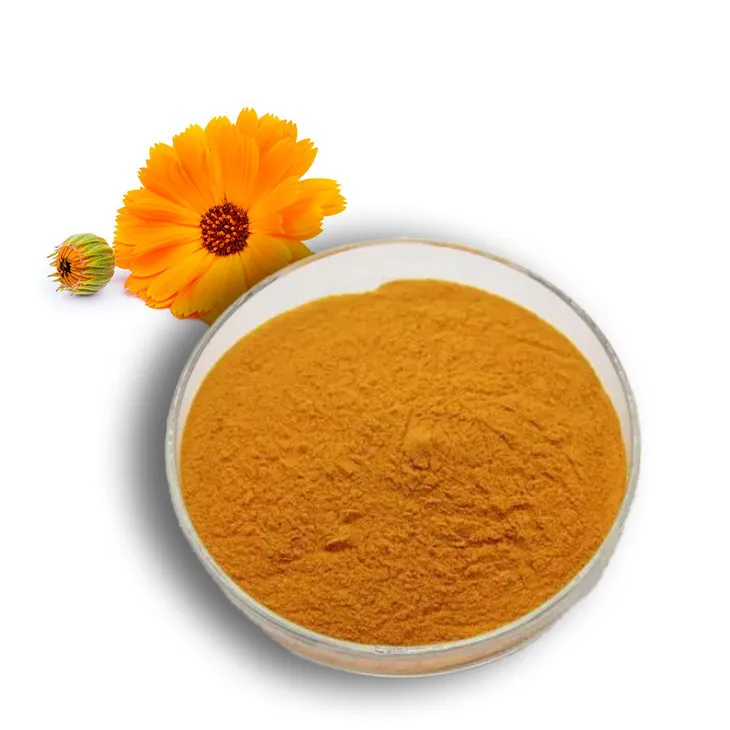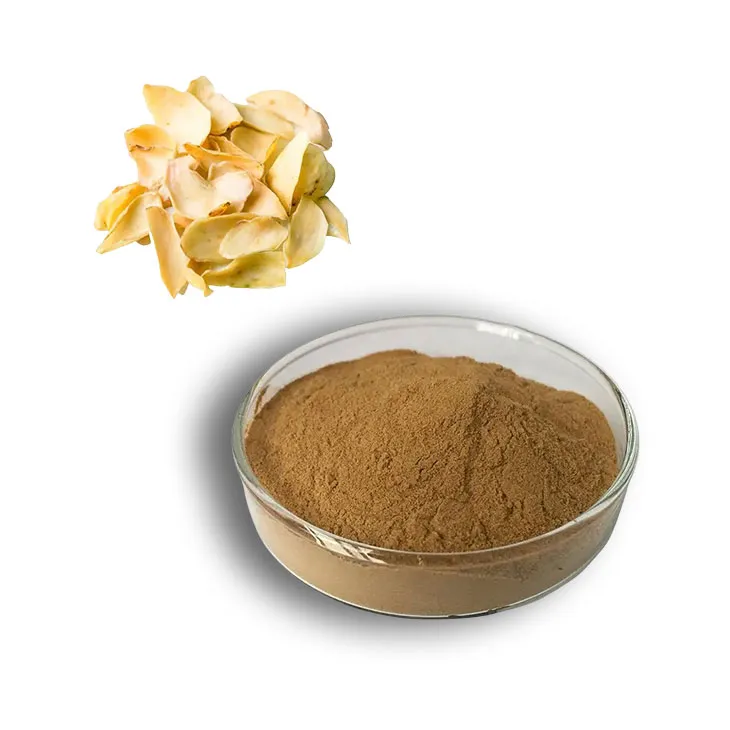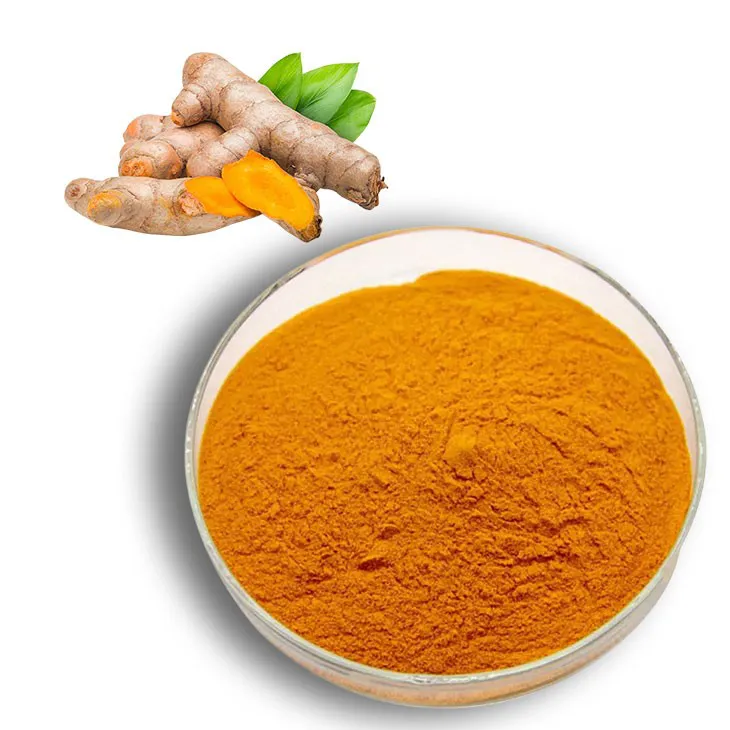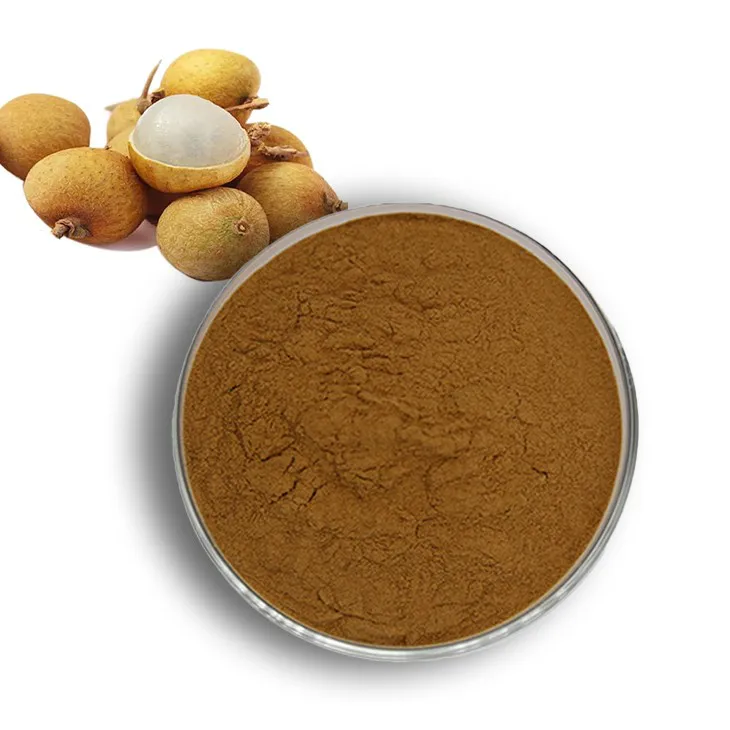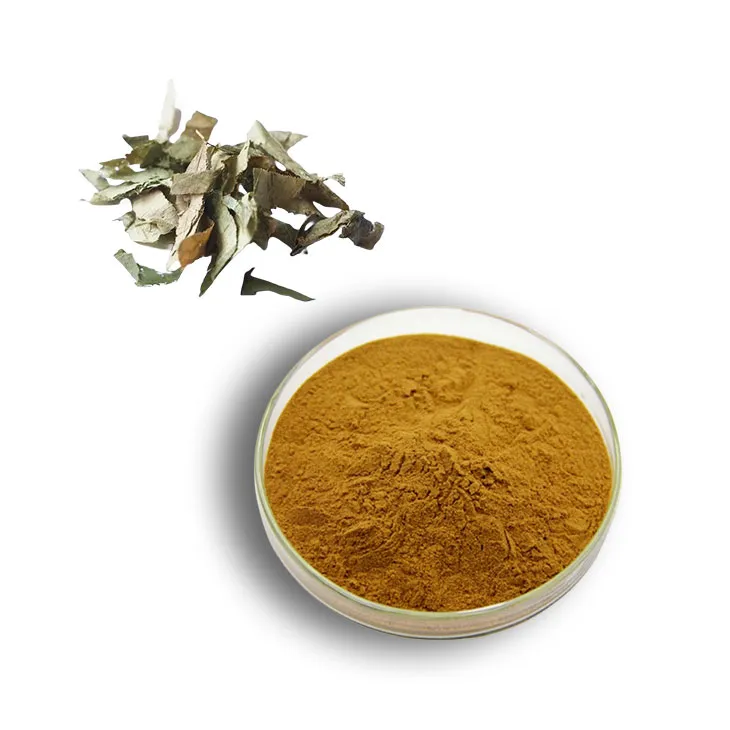- 0086-571-85302990
- sales@greenskybio.com
how to extract peppermint oil from plant
2023-09-26
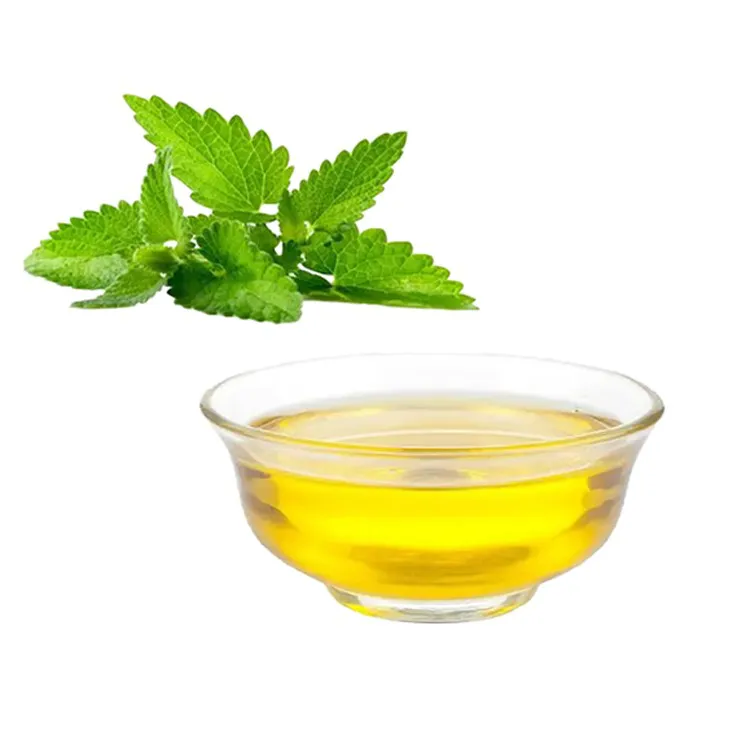
1. Benefits of Peppermint Oil
1. Benefits of Peppermint Oil
Peppermint Oil, extracted from the leaves and stems of the Mentha piperita plant, is a versatile and potent essential oil with a wide range of benefits. Its refreshing aroma and cooling sensation make it a popular choice for various applications. Here are some of the key benefits of peppermint oil:
1.1 Relief from Digestive Issues
Peppermint oil is known for its ability to soothe the digestive system. It can help alleviate symptoms of indigestion, bloating, and irritable bowel syndrome (IBS) by relaxing the muscles in the gastrointestinal tract and improving the flow of digestive juices.
1.2 Headache and Migraine Relief
The cooling and soothing properties of peppermint oil make it an effective remedy for headaches and migraines. Applying a diluted solution of peppermint oil on the temples and forehead can help reduce the intensity of headaches and provide relief from migraine pain.
1.3 Respiratory Aid
Peppermint oil has decongestant properties that can help clear nasal and chest congestion. It can be used as an inhalant or added to a diffuser to help alleviate symptoms of colds, flu, and respiratory infections.
1.4 Anti-inflammatory Properties
The presence of menthol in peppermint oil gives it anti-inflammatory properties, which can help reduce inflammation and soothe muscle and joint pain. It can be used topically or added to a warm bath for relief from muscle aches and stiffness.
1.5 Antimicrobial and Antiviral Properties
Peppermint oil has antimicrobial and antiviral properties that can help fight off infections and boost the immune system. It can be used as a natural disinfectant for surfaces and as a mouthwash to combat bad breath and oral infections.
1.6 Skin Care Benefits
Peppermint oil can be beneficial for various skin conditions, including acne, eczema, and dermatitis. Its anti-inflammatory and antimicrobial properties can help reduce redness, inflammation, and itching, while promoting healthy skin.
1.7 Stress Relief and Relaxation
The refreshing and uplifting aroma of peppermint oil can help reduce stress and promote relaxation. It can be used in aromatherapy, added to a bath, or inhaled directly to help calm the mind and improve mood.
1.8 Insect Repellent
Peppermint oil has a strong scent that can deter insects, making it an effective natural insect repellent. It can be used to repel mosquitoes, ants, and other pests, providing a safe and chemical-free alternative to commercial insecticides.
In conclusion, peppermint oil offers a multitude of benefits that can improve overall health and well-being. From digestive relief to stress reduction, its versatile properties make it a valuable addition to any natural health regimen.
2. Understanding the Peppermint Plant
2. Understanding the Peppermint Plant
Peppermint, scientifically known as Mentha × piperita, is a hybrid mint species that is widely recognized for its distinct, refreshing aroma and flavor. It is a perennial plant that thrives in various climates and is native to Europe but has since spread to many other parts of the world. The plant is characterized by its bright green, serrated leaves and small, tubular flowers that are typically purple or white.
Structure and Growth
The peppermint plant has a square-shaped stem with an erect growth habit, reaching heights of up to 3 feet. It spreads through its underground rhizomes, which can make it invasive in some garden settings. The leaves are opposite, simple, and have a strong, minty fragrance when crushed.
Essential Oil Content
Peppermint oil is rich in various chemical compounds, including menthol, which gives it its cooling sensation, and menthone, which contributes to its characteristic aroma. The oil also contains smaller amounts of other terpenes, esters, and alcohols that contribute to its overall therapeutic properties.
Cultivation
Peppermint plants are relatively easy to grow and can be cultivated from seeds, cuttings, or root divisions. They prefer well-drained soil and full sun exposure. The plants are typically ready for harvesting when they are in full bloom, which is usually in the late summer or early fall.
Environmental Factors
The peppermint plant is quite adaptable, but it does have some specific environmental needs. It prefers a pH level between 6.0 and 7.0 and requires moderate to high levels of moisture. However, it is sensitive to waterlogging, which can lead to root rot and other diseases.
Pests and Diseases
While peppermint is generally resistant to many pests, it can be susceptible to aphids, spider mites, and fungal infections. Proper care, including regular watering and good air circulation, can help prevent these issues.
Harvesting
The best time to harvest peppermint leaves for oil extraction is just before the plant flowers. The leaves should be clean, healthy, and free from any signs of disease or pest damage. Harvesting should be done in the morning when the essential oil content is at its peak.
Understanding the peppermint plant's characteristics, growth requirements, and optimal harvesting times is crucial for successful oil extraction. The next steps will delve into selecting the right plant and gathering the necessary equipment for the extraction process.
3. Choosing the Right Peppermint Plant for Oil Extraction
3. Choosing the Right Peppermint Plant for Oil Extraction
When it comes to extracting peppermint oil, not all peppermint plants are created equal. The quality and quantity of oil can vary significantly depending on the variety of the plant you choose. Here are some key factors to consider when selecting the right peppermint plant for oil extraction:
Variety Selection:
- High Oil Content: Look for peppermint varieties that are known for their high oil content. Some of the most popular choices for oil extraction are 'Black Mitcham,' 'Cultivated Peppermint,' and 'American Peppermint.'
- Genetic Purity: Ensure that the plant is genetically pure and not a hybrid, as hybrids may not produce as much oil.
Growth Characteristics:
- Vigorous Growth: Choose plants that exhibit vigorous growth, as this is often an indicator of a healthy plant with a higher potential for oil production.
- Disease Resistance: Opt for peppermint plants that are resistant to common diseases, as this can affect the overall health and oil yield.
Climate and Soil Preferences:
- Adaptability: Peppermint plants that can adapt to various climates are ideal, as they can be grown in different regions without compromising oil production.
- Soil Type: While peppermint can grow in a variety of soils, well-drained, fertile soil rich in organic matter is preferred for optimal growth and oil yield.
Maturity and Harvest Time:
- Harvest Window: Select a variety that has a suitable harvest window, allowing for the collection of leaves when the oil content is at its peak.
- Maturity Rate: Plants that reach maturity quickly can be advantageous, as they allow for more frequent harvests.
Pest Resistance:
- Natural Pest Resistance: Some peppermint varieties have natural resistance to pests, which can help maintain the health of the plant and the quality of the oil.
Certification and Source:
- Organic Certification: If you're looking to produce organic peppermint oil, ensure that the plant source is certified organic.
- Reputable Suppliers: Purchase plants from reputable suppliers to ensure that you're getting a high-quality, disease-free plant.
By carefully selecting the right peppermint plant, you can maximize the efficiency and effectiveness of your oil extraction process. The right plant will not only yield more oil but also contribute to the quality and purity of the final product, making it suitable for a wide range of applications.
4. Gathering the Necessary Equipment
4. Gathering the Necessary Equipment
To successfully extract peppermint oil from the plant, you will need to gather a set of equipment that is essential for the process. Here is a list of the necessary tools and materials you will need:
1. Steam Distillation Apparatus: This is the primary equipment for extracting the oil. It typically consists of a boiler, a condenser, and a collection vessel.
2. Fresh Peppermint Leaves: Choose fresh, high-quality peppermint leaves from your garden or a reputable supplier.
3. Distillation Water: Clean, filtered water is necessary for the steam distillation process.
4. Glass Collection Vessel: A glass container to collect the distilled oil.
5. Glass or Stainless Steel Distillation Flask: This is where the peppermint leaves will be placed for the steam distillation process.
6. Temperature Gauge: To monitor the temperature during the distillation process.
7. Timer: To keep track of the distillation time.
8. Filter Paper and Funnel: For filtering the oil after distillation.
9. Safety Equipment: Including gloves, goggles, and a lab coat to protect yourself from the heat and potential chemical burns.
10. Storage Containers: Dark glass bottles with airtight caps to store the extracted peppermint oil.
11. Scale: To accurately measure the amount of peppermint leaves and water.
12. Measuring Cups and Beakers: For measuring and mixing ingredients during the process.
13. Pipettes or Droppers: For transferring the oil after extraction.
14. Sterilizing Solution: To clean and sterilize the equipment before and after use.
15. Notebook and Pen: To record the process, measurements, and any observations.
Before you begin the extraction process, ensure that all your equipment is clean and ready to use. Sterilize the glassware and other equipment to prevent contamination of the oil. Proper preparation and organization of your equipment will contribute to a successful extraction and a high-quality final product.
5. Harvesting the Peppermint Leaves
5. Harvesting the Peppermint Leaves
Harvesting the peppermint leaves is a crucial step in the process of extracting peppermint oil. The quality of the oil is directly related to the care taken during the harvesting process. Here's how to properly harvest peppermint leaves for oil extraction:
Timing of Harvest
- The best time to harvest peppermint leaves is typically in the morning when the essential oils are at their peak concentration. Early morning dew helps to keep the leaves fresh and hydrated.
- The ideal period for harvesting is just before the plant starts to flower, usually around late summer or early fall. At this stage, the leaves are rich in essential oils.
Selecting the Leaves
- Choose healthy, mature leaves that are free from any signs of disease or pests. The leaves should be vibrant in color, indicating their health and vitality.
- Avoid leaves that are too young or too old, as they may not yield the best quality oil.
Harvesting Technique
- Use clean, sharp scissors or pruning shears to cut the leaves from the plant. Cutting the leaves helps to minimize damage to the plant and ensures a clean cut.
- Cut the leaves just above the petiole (the leaf stalk) to encourage new growth and maintain the health of the plant.
Handling the Leaves
- Handle the leaves gently to avoid bruising or damaging them, which can affect the quality of the oil.
- After cutting, place the leaves in a clean, dry container to prevent contamination.
Storage Before Processing
- Store the harvested leaves in a cool, dark place to preserve their freshness and prevent the evaporation of essential oils.
- Avoid exposing the leaves to direct sunlight or heat, as this can degrade the quality of the oil.
Batch Size
- Harvest enough leaves for a single batch of oil extraction. Overharvesting can lead to a decrease in the quality of the oil due to the degradation of the leaves over time.
By following these guidelines, you can ensure that the peppermint leaves you harvest are of the highest quality, setting the stage for a successful oil extraction process. The next steps will involve preparing these leaves for extraction, which is just as important as the harvesting itself.
6. Preparing the Leaves for Extraction
6. Preparing the Leaves for Extraction
Before you begin the extraction process, it's crucial to properly prepare the peppermint leaves to ensure the highest quality of oil. Here are the steps to prepare the leaves for extraction:
6.1 Cleaning the Leaves:
Start by thoroughly washing the harvested peppermint leaves to remove any dirt, debris, or pesticides. Use clean, cool water and gently agitate the leaves to dislodge any unwanted particles. After washing, drain the water and allow the leaves to air dry or use a clean cloth to pat them dry.
6.2 Sorting and Trimming:
Examine the leaves carefully and remove any damaged, yellowed, or diseased leaves, as these can affect the quality of the oil. Trim off the stems, leaving only the leafy parts for extraction.
6.3 Crushing the Leaves:
To increase the surface area and facilitate the release of the essential oil, gently crush the leaves. This can be done using a mortar and pestle or a similar tool. Be careful not to grind them into a fine powder, as this can lead to clogging during the distillation process.
6.4 Weighing the Leaves:
Determine the amount of leaves you will be using for the extraction. The quantity will depend on the size of your still and the desired yield of peppermint oil. Accurate measurement is important for consistency and quality control.
6.5 Preparing the Distillation Vessel:
While the leaves are being prepared, set up your distillation apparatus. Ensure that it is clean and free of any residues that could contaminate the oil. Place a clean cloth or screen at the bottom of the still to prevent the leaves from blocking the water flow.
6.6 Layering the Leaves:
Once the distillation vessel is ready, carefully layer the crushed peppermint leaves inside. Avoid overpacking, as this can hinder the steam from circulating and reduce the efficiency of the extraction.
6.7 Preheating the Water:
Before adding the leaves, preheat the water in the base of the still to a temperature just below boiling. This will help maintain a consistent temperature throughout the extraction process.
6.8 Final Check:
Perform a final check to ensure that all equipment is in place and functioning correctly. Make sure the condenser is properly attached and that there are no leaks in the system.
Preparing the peppermint leaves correctly is a critical step in the extraction process. It ensures that the oil extracted is of the highest quality and purity. By following these steps, you can maximize the yield and potency of your peppermint oil.
7. The Steam Distillation Process
7. The Steam Distillation Process
The steam distillation process is a traditional and widely used method for extracting essential oils from plants, including peppermint. This process involves the use of steam to release the volatile compounds from the plant material, which then condense into a liquid form that can be collected and used. Here's a step-by-step guide to performing steam distillation for extracting peppermint oil:
Step 1: Set Up the Distillation Apparatus
Before you begin, ensure that you have all the necessary equipment set up correctly. This typically includes a steam generator, a distillation flask, a condenser, and a collection vessel. Make sure all connections are secure and that the apparatus is clean.
Step 2: Prepare the Plant Material
Place the prepared peppermint leaves into the distillation flask. The amount of plant material will depend on the size of your flask and the desired yield of oil. Be sure not to overfill the flask, as this can lead to inefficient extraction and potential safety hazards.
Step 3: Heat Water to Generate Steam
Begin heating the water in the steam generator. The steam will rise and come into contact with the peppermint leaves in the distillation flask. The heat will cause the essential oil to evaporate along with the steam.
Step 4: Allow Steam to Pass Through the Plant Material
As the steam passes through the leaves, it will carry the essential oil components with it. These oil components are lighter than water and will not mix with the steam.
Step 5: Condense the Steam
The steam, now carrying the essential oil, will be directed through a condenser. The condenser is typically a coil or a series of tubes through which cold water is circulated. This cools the steam, causing it to condense back into a liquid.
Step 6: Separate the Oil and Water
The condensed steam will separate into two layers in the collection vessel: a water layer and an oil layer. The essential oil will float on top of the water due to its lower density.
Step 7: Collect the Peppermint Oil
Carefully separate the oil layer from the water using a pipette or a similar tool. Be sure not to disturb the water layer, as this can cause contamination of the oil.
Step 8: Monitor the Process
Throughout the distillation process, it's important to monitor the temperature and pressure to ensure optimal extraction conditions. The ideal temperature for extracting peppermint oil is typically between 90°C and 100°C.
Step 9: Repeat if Necessary
Depending on the desired quantity of oil and the efficiency of your setup, you may need to repeat the process with fresh plant material.
Step 10: Clean Up
After the extraction is complete, clean all the equipment thoroughly to prevent contamination and ensure the quality of future extractions.
Steam distillation requires careful attention to detail and adherence to safety protocols, especially when working with heat and potentially flammable materials. By following these steps, you can successfully extract peppermint oil from the plant, which can then be used in a variety of applications as outlined in the subsequent sections of this article.
8. Collecting and Storing the Peppermint Oil
8. Collecting and Storing the Peppermint Oil
After the steam distillation process is complete, it's time to collect and store the precious peppermint oil. This step is crucial to ensure the longevity and quality of the oil for future use.
8.1 Collecting the Oil
The peppermint oil will be found in the distillation apparatus, typically in a separate container from the water. The oil will float on top of the water due to its lower density. Use a pipette or a small ladle to carefully skim the oil off the surface, being cautious not to disturb the water beneath.
8.2 Separation of Oil and Water
In some cases, the peppermint oil may not separate completely from the water, forming an emulsion. To resolve this, you can add a small amount of salt to the mixture, which will help the oil to separate from the water. After separation, carefully collect the oil as described above.
8.3 Filtering the Oil
Before storing, it's a good practice to filter the oil to remove any plant debris or impurities. Use a fine mesh strainer or a coffee filter to strain the oil into a clean container.
8.4 Storing the Peppermint Oil
Proper storage is essential to maintain the quality and potency of the peppermint oil.
- Glass Containers: Store the oil in dark glass containers to protect it from light, which can degrade the oil.
- Cool and Dark Place: Keep the containers in a cool, dark place, away from direct sunlight and heat sources.
- Airtight Seal: Ensure the containers are airtight to prevent oxidation and contamination.
- Labeling: Clearly label the containers with the name of the oil and the date of extraction for future reference.
8.5 Longevity and Shelf Life
Properly stored peppermint oil can last for several years without losing its potency. However, it's always a good idea to check the oil periodically for any signs of spoilage, such as changes in color or smell.
8.6 Safety Considerations
Peppermint oil is highly concentrated and should be handled with care. Avoid direct contact with skin and eyes, and always dilute the oil with a carrier oil before applying it topically.
In conclusion, collecting and storing peppermint oil is a delicate process that requires attention to detail and proper techniques. By following these guidelines, you can ensure that your extracted peppermint oil remains potent and effective for a long time.
9. Quality Control and Safety Measures
9. Quality Control and Safety Measures
Quality control is an essential aspect of the peppermint oil extraction process to ensure the purity and potency of the final product. Here are some key points to consider for maintaining quality and safety:
9.1 Ensuring Quality
- Purity Testing: Use gas chromatography to analyze the composition of the oil and verify its purity.
- Consistency: Regularly check the color, viscosity, and aroma of the oil to ensure consistency in quality.
- Batch Records: Keep detailed records of each batch, including the date of harvest, processing, and any observations made during extraction.
9.2 Safety Measures
- Personal Protective Equipment (PPE): Always wear appropriate PPE, including gloves, goggles, and a mask, to protect against potential skin and respiratory irritation.
- Ventilation: Ensure the extraction area is well-ventilated to prevent the buildup of steam and fumes.
- Temperature Control: Monitor the temperature during the distillation process to avoid overheating, which can degrade the oil's quality.
- Chemical Storage: Store any chemicals used in the extraction process in a secure and well-ventilated area, away from heat sources and ignition sources.
9.3 Environmental Considerations
- Waste Disposal: Dispose of plant waste and other byproducts in an environmentally friendly manner.
- Energy Efficiency: Use energy-efficient equipment and practices to minimize the environmental impact of the extraction process.
9.4 Legal and Regulatory Compliance
- Regulatory Standards: Adhere to local, national, and international standards for the production and sale of essential oils.
- Labeling and Packaging: Ensure that all products are accurately labeled with information about their contents, uses, and any necessary safety warnings.
9.5 Education and Training
- Staff Training: Regularly train staff on best practices for extraction, quality control, and safety.
- Continuing Education: Stay updated on the latest research and techniques in the field of essential oil extraction.
By implementing these quality control and safety measures, you can ensure that the peppermint oil you extract is of the highest quality and produced in a safe and responsible manner. This not only protects the consumers of your product but also enhances the reputation of your brand in the market.
10. Uses and Applications of Extracted Peppermint Oil
10. Uses and Applications of Extracted Peppermint Oil
Peppermint oil, extracted through the meticulous process described, boasts a wide range of applications and benefits that make it a versatile and valuable product in various industries. Here are some of the most common uses and applications of extracted peppermint oil:
Aromatherapy:
Peppermint oil is a popular choice in aromatherapy for its refreshing and invigorating scent. It can help to clear the mind, reduce mental fatigue, and promote a sense of calm and focus.
Topical Applications:
When diluted properly, peppermint oil can be applied topically to soothe muscle aches and pains, reduce inflammation, and provide a cooling sensation that can alleviate headaches and skin irritations.
Digestive Health:
Internally, peppermint oil is known to aid in digestion by soothing the gastrointestinal tract and reducing symptoms of indigestion, bloating, and irritable bowel syndrome.
Oral Health:
Due to its antimicrobial properties, peppermint oil can be used as a natural mouthwash to freshen breath and promote oral hygiene.
Household Cleaning:
The natural disinfectant properties of peppermint oil make it an excellent addition to homemade cleaning solutions, helping to eliminate odors and sanitize surfaces.
Insect Repellent:
Peppermint oil's strong scent can deter various insects, making it a natural and eco-friendly alternative to chemical-based repellents.
Food and Beverage Industry:
In the food and beverage sector, peppermint oil is used as a flavoring agent in candies, chewing gums, beverages, and even some alcoholic drinks for its distinctive taste and aroma.
Cosmetics and Skincare:
The cooling and soothing properties of peppermint oil make it a popular ingredient in various cosmetic and skincare products, such as creams, lotions, and balms.
Agricultural Uses:
Peppermint oil can also be used in agriculture as a natural pesticide to control pests without harming the environment.
Craft and DIY Projects:
Many crafters and DIY enthusiasts use peppermint oil to create homemade candles, soaps, and other scented items.
Healthcare and Pharmaceutical Industry:
In healthcare, peppermint oil is used in various medicinal formulations for its analgesic, antispasmodic, and anti-inflammatory properties.
Industrial Applications:
Beyond the consumer market, peppermint oil is used in the fragrance industry for creating perfumes, colognes, and other scented products.
In conclusion, the extracted peppermint oil is a multifaceted product with applications that span from personal care to industrial uses. Its versatility, coupled with its natural properties, makes it a sought-after ingredient in many sectors.
11. Conclusion and Final Thoughts
11. Conclusion and Final Thoughts
In conclusion, extracting peppermint oil from the plant is a rewarding process that allows you to harness the powerful benefits of this versatile oil. From its soothing properties to its potential applications in aromatherapy and culinary uses, peppermint oil is a valuable natural resource.
Understanding the peppermint plant, choosing the right variety, and gathering the necessary equipment are crucial first steps. Following the proper harvesting, preparation, and extraction techniques ensures that you obtain a high-quality oil. The steam distillation process, in particular, is a delicate procedure that requires attention to detail and adherence to safety measures.
Once you have successfully extracted the peppermint oil, proper collection and storage are essential to maintain its purity and potency. Implementing quality control measures and being aware of safety considerations will help you produce a safe and effective product.
The uses and applications of extracted peppermint oil are vast, ranging from topical applications for soothing skin irritations to its incorporation in various household and personal care products. Its refreshing aroma makes it a popular choice for aromatherapy, while its antimicrobial properties contribute to its use in natural cleaning solutions.
As you embark on your journey to extract peppermint oil, remember that patience, precision, and a commitment to quality will yield the best results. With practice and dedication, you can enjoy the many benefits of this fragrant and powerful oil, while also contributing to a more sustainable and natural lifestyle.
In the end, the process of extracting peppermint oil is not only a practical skill but also an opportunity to connect with nature and appreciate the gifts it provides. As you explore the world of essential oils, may your experiences be enriching and your creations beneficial to both yourself and those around you.
- ▶ Hesperidin
- ▶ Citrus Bioflavonoids
- ▶ Plant Extract
- ▶ lycopene
- ▶ Diosmin
- ▶ Grape seed extract
- ▶ Sea buckthorn Juice Powder
- ▶ Fruit Juice Powder
- ▶ Hops Extract
- ▶ Artichoke Extract
- ▶ Mushroom extract
- ▶ Astaxanthin
- ▶ Green Tea Extract
- ▶ Curcumin
- ▶ Horse Chestnut Extract
- ▶ Other Product
- ▶ Boswellia Serrata Extract
- ▶ Resveratrol
- ▶ Marigold Extract
- ▶ Grape Leaf Extract
- ▶ New Product
- ▶ Aminolevulinic acid
- ▶ Cranberry Extract
- ▶ Red Yeast Rice
- ▶ Red Wine Extract
-
Gynostemma pentaphyllum extract
2023-09-26
-
Konjac Powder
2023-09-26
-
Horse Chestnut Extract
2023-09-26
-
Beetroot juice Powder
2023-09-26
-
Grapefruit Seed Extract Powder
2023-09-26
-
Calendula Extract
2023-09-26
-
Lily extract
2023-09-26
-
Curcuma Longa Extract/Turmeric extract
2023-09-26
-
Longan Extract
2023-09-26
-
Epimedium extract powder
2023-09-26











